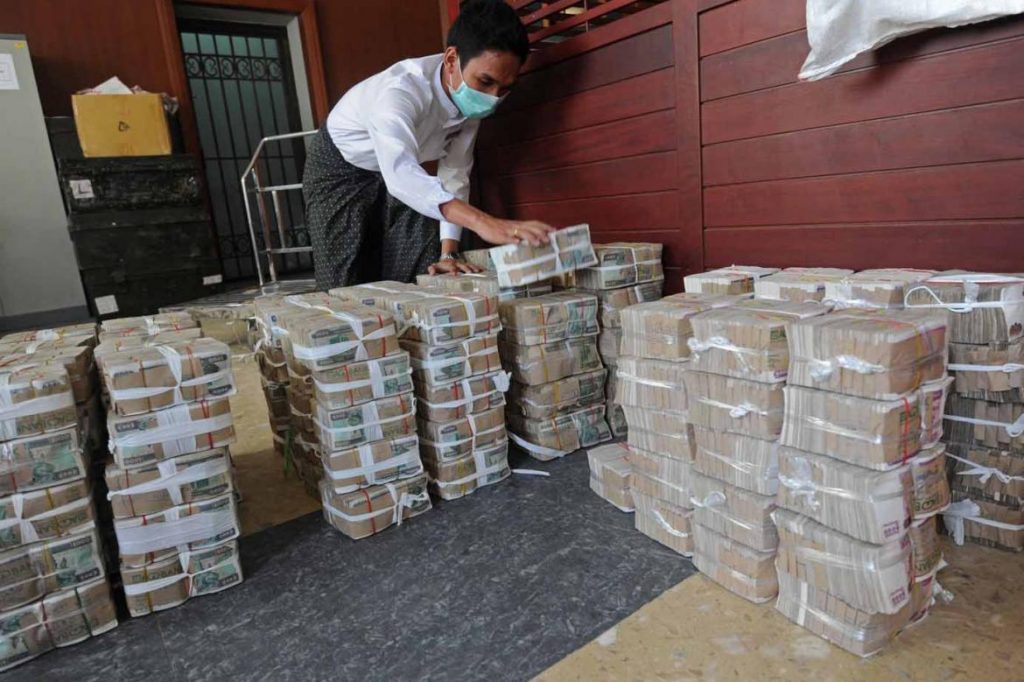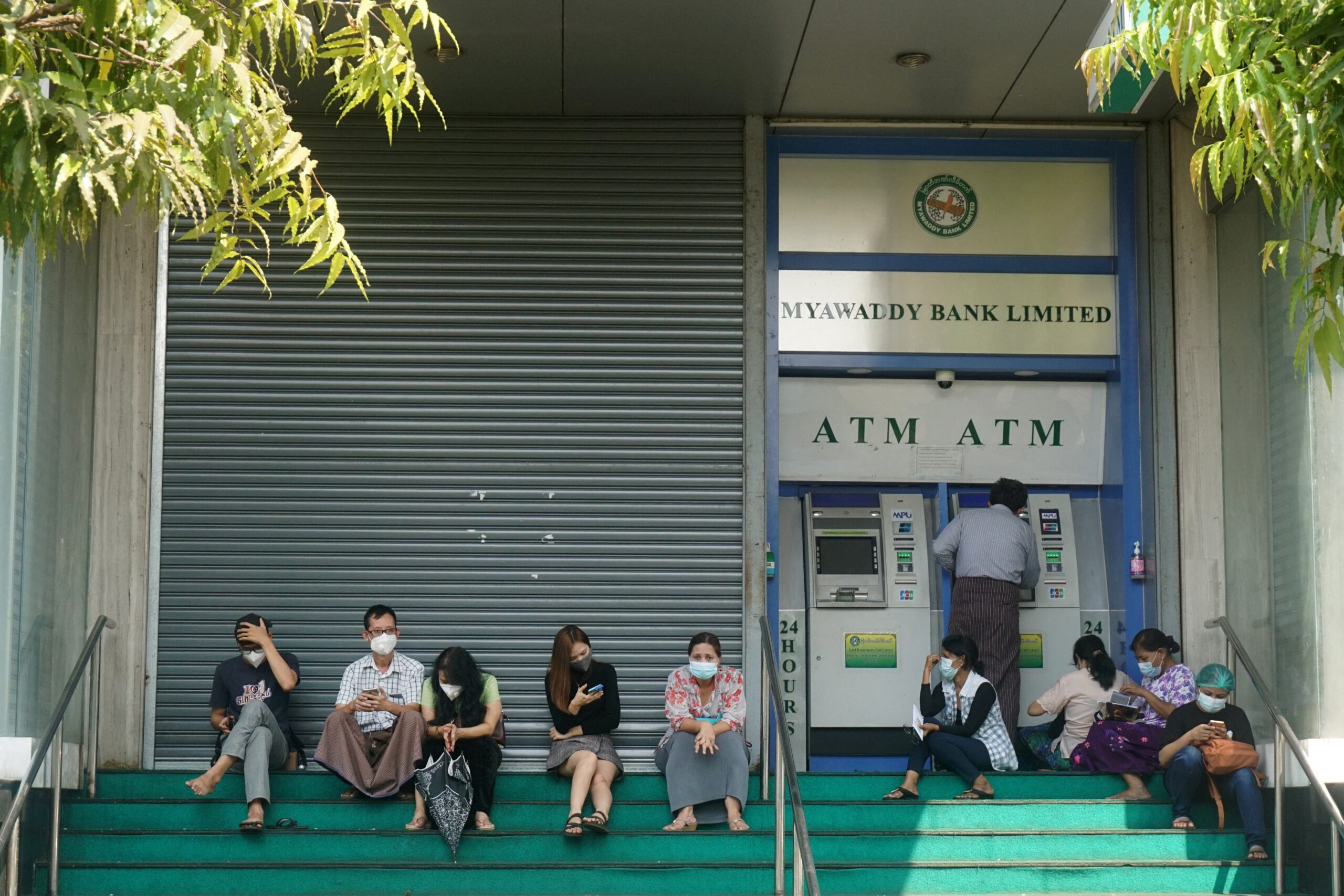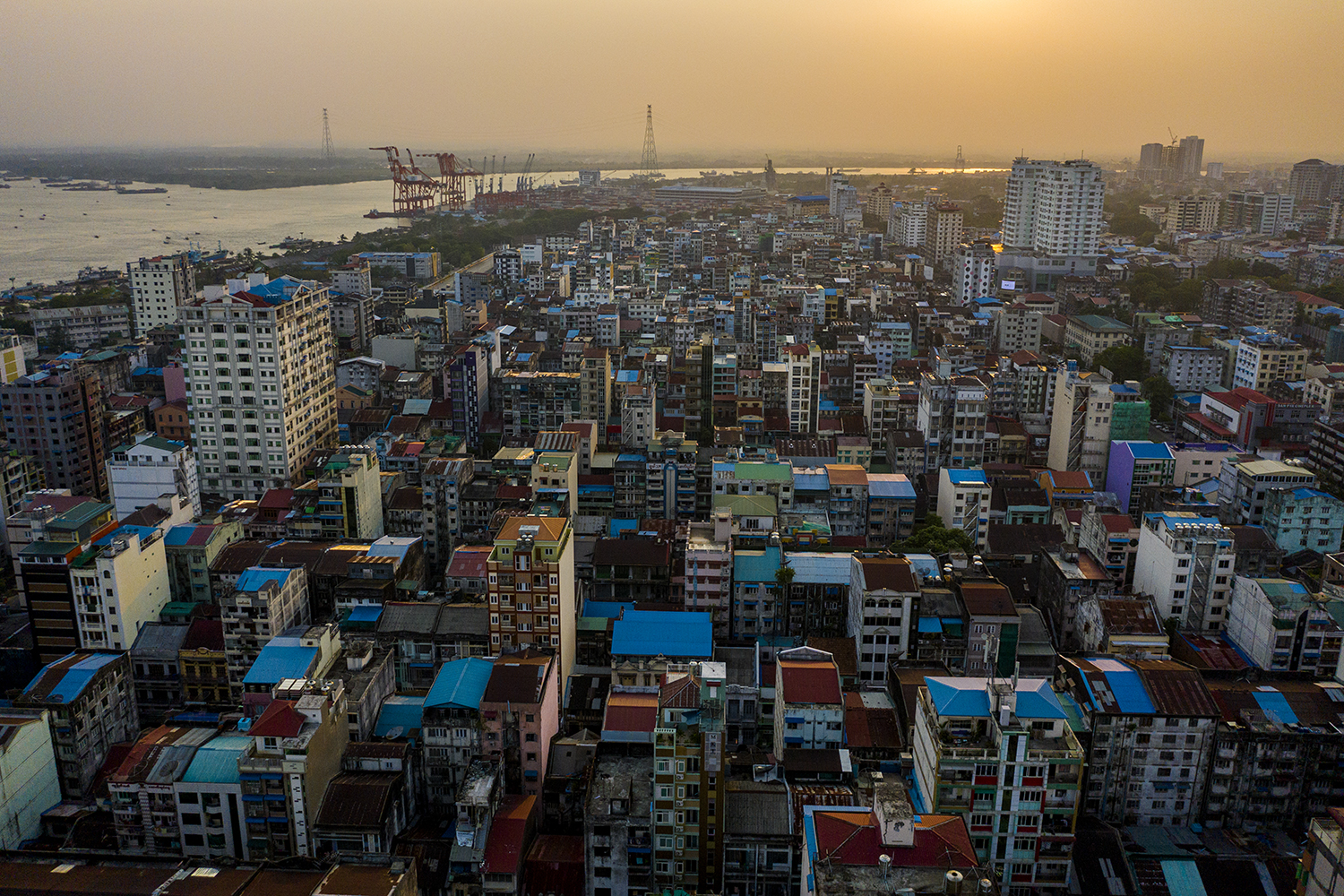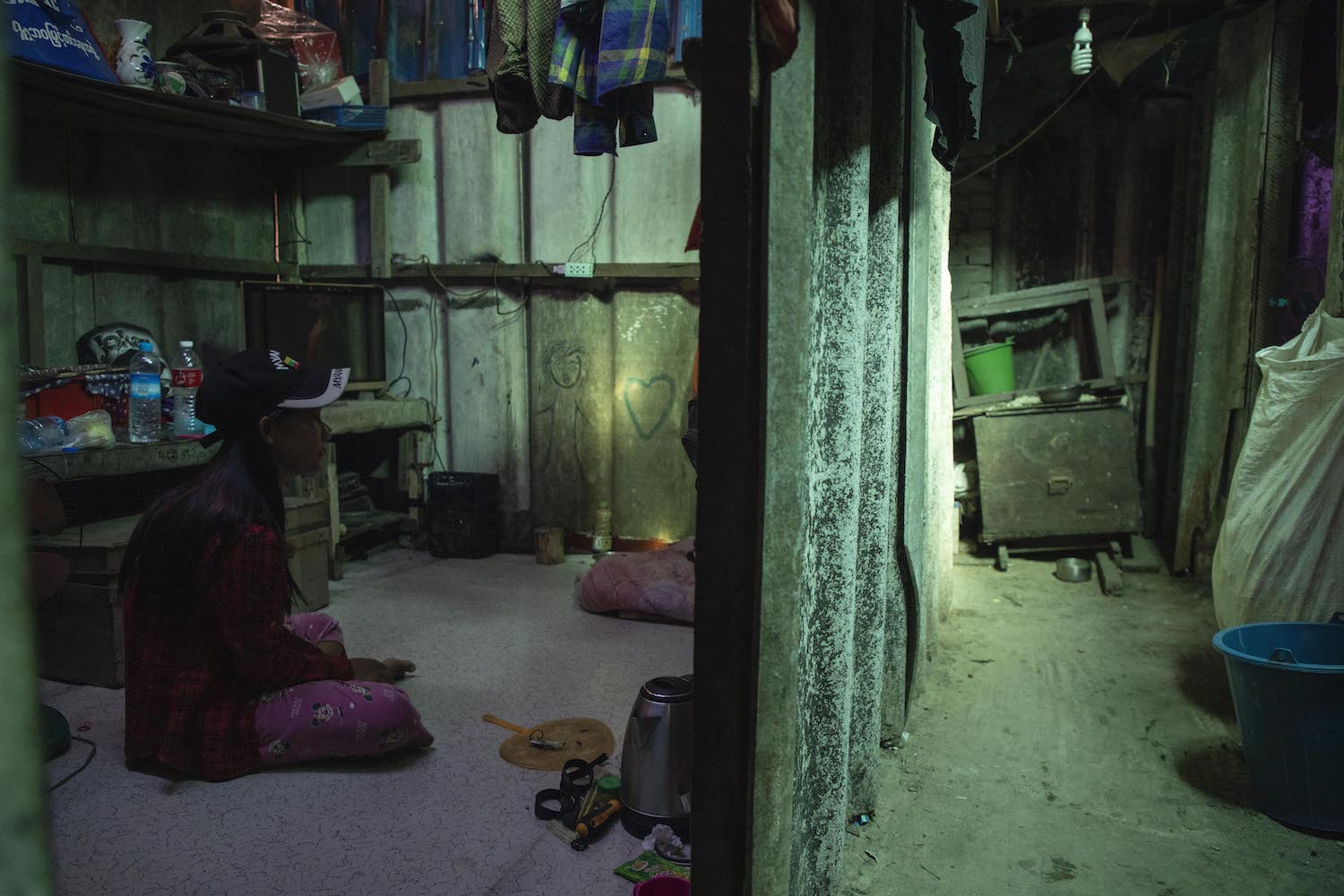High inflation means Myanmar has to move with care on interest rates and the best approach is a multi-faceted strategy aimed at bringing them down gradually.
By MIN THU MAUNG | FRONTIER
THERE HAS been increasing talk about reducing the interest rate on savings accounts in Myanmar.
The rate for one-year fixed deposits stands at 10 percent a year and the Central Bank of Myanmar’s prescribed maximum lending rate is 13 percent annually. This means the banks have a 3 percent spread between borrowing and lending rates (which is not too bad compared to many developed countries).
One argument for reducing the interest on deposits is that it would be accompanied by lower lending rates. This, in turn, would cut the cost of finance and spur investment.
One factor to consider is inflation. A country’s real interest rate must account for inflation. The real interest rate is roughly the nominal interest rate minus inflation. The 10 percent rate being offered on deposits is nominal. The Asian Development Bank has forecast that Myanmar’s inflation rate for the current fiscal year will be 9.5 percent, making the real interest rate about 0.5 percent.
Support more independent journalism like this. Sign up to be a Frontier member.
Some countries have real interest rates that are close to zero. They include Japan, where real interest rates have been close to zero for about two decades and are now in negative territory, with inflation exceeding interest rates on deposits.
Negative rates encourage people to save less and spend more, which in turn leads to increased investment (or spending, or both). Negative rates are common in countries that are experiencing declining economic conditions and/or deflation (as in the case of Japan): they usually go hand in hand. Myanmar is experiencing neither economic decline nor deflation.
Does Myanmar have any room to manoeuvre on lower interest rates? The ADB expects inflation to fall by about 1 percent in the 2017 fiscal year, to 8.5 percent, which is about all the room to manoeuvre available to Myanmar.
For a rapidly growing economy – and Myanmar leads the world with a growth rate estimated by the International Monetary Fund at 8.6 percent – it is not good policy to allow rampant inflation. Myanmar’s growing budget deficit and current account deficit means that a reduction in interest rates would only make inflation worse.
In 1997, Thailand had an inflation rate of about 5.6 percent and an interest rate of 13.25 percent. At that time, Thailand’s budget deficit was smaller, about 3 percent. It is not unusual for developing countries to have high interest rates to contain inflationary pressures.
What would be the consequences for Myanmar of a lower interest rate? Negative real interest rates would result in the flight of savings from banks but there are limited investment alternatives. Myanmar investors may return to buying gold as they have been doing for decades. But buying gold or importing cars does not create investment.
There are few other viable investment options available to domestic investors and they do not yet include the Yangon Stock Exchange. One option is investing in real estate but the housing market is affected by affordability concerns. Buying gold and spending on imports will make inflation worse and contribute to a further depreciation of the kyat, which has already fallen heavily in value.
To sum up, there is little benefit in lowering interest rates. Rampant inflation and a currency crisis do little to instil confidence and promote stability in an already fragile economy.
What Myanmar needs is a natural and gradual fall in interest rates. Arbitrarily setting low interest rates would only create shocks in the banking system.
First, Myanmar needs to develop its bond market so that retail investors have other viable alternatives. Saving money at a bank and investing in government bonds can be regarded as close substitutes.
Policies that prohibit foreigners from opening interest-bearing accounts should be abolished. Allowing foreigners to have interest-bearing accounts would channel money into the banking system. As the money supply increases, the price of money (in this case, the interest rate) will naturally decline.
Myanmar also needs to establish a banking system accessible to all citizens. About 80 percent of the population does not have a bank account. Channelling money into the formal banking system (without printing money) from different sources would tame inflation and allow the country to gradually lower interest rates.







